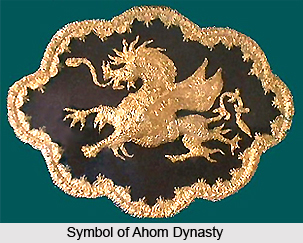 Sutaphaa was the ruler of Ahom kingdom who had ruled Assam from the period between 1369 CE to 1376 CE. However, some historians are of the view that the event of accession had occurred in the year 1364. During his regime, Ahom kingdom witnessed frequent battles with Sutiya kingdom which eventually provoked the assassination of Sutaphaa by the Sutiyas.
Sutaphaa was the ruler of Ahom kingdom who had ruled Assam from the period between 1369 CE to 1376 CE. However, some historians are of the view that the event of accession had occurred in the year 1364. During his regime, Ahom kingdom witnessed frequent battles with Sutiya kingdom which eventually provoked the assassination of Sutaphaa by the Sutiyas.
Early Life of Sutaphaa
Sukhaangpha, the Ahom king`s was the father of Sutuphaa. Sutphaa was his second son. Following the death of Sukhaangpha, Sukhrangpha, Sutuphaa`s elder brother succeeded him to the throne of the empire. Sukhrangpha died in 1364, after ruling Ahom kingdom for 32 years. Though some historians claim that Sutuphaa ascended the throne immediately thereafter, others believe that it was only in 1369 CE that he declared himself as the ruler.
Rule of Sutaphaa
Sutuphaa was an ambitious king and aimed to expand his territory which formed the Ahom kingdom. His desires of acquiring new land led to regular conquests with their neighbours, namely the Sutiya kingdom. The Sutiyas were incapable of winning victory against the Ahoms in the battlefield. Therefore, they decided to manipulate Sutuphaa by sending him messages of reconciliation. Convinced by the letters, Sutuphaa met the Sutiya king at a region known as Chapaguri, near Safrai River, following an invitation from Sutiya king in 1376 CE. Sutuphaa failed to realize that this was a political trick played by the Sutiya king. During this visit, he was murdered brutally inside the personal barge of the Sutiya king, where he had been present without his soldiers. When the soldiers accompanying Sutuphaa discovered the death of their king, they helplessly returned to the capital and conveyed the news of this incident to the subjects and his courtiers.
This article is a stub. You can enrich by adding more information to it. Send your Write Up to content@indianetzone.com



















